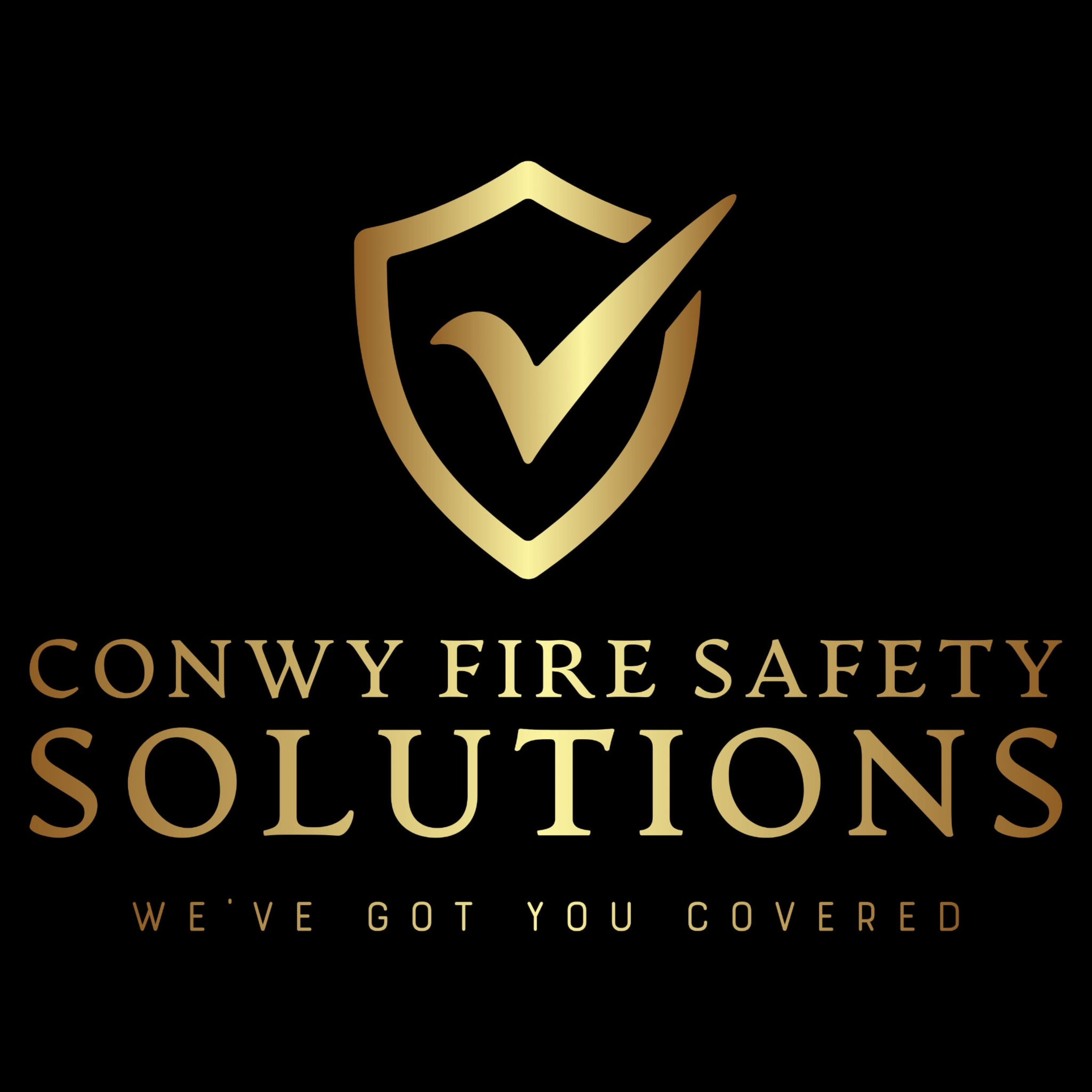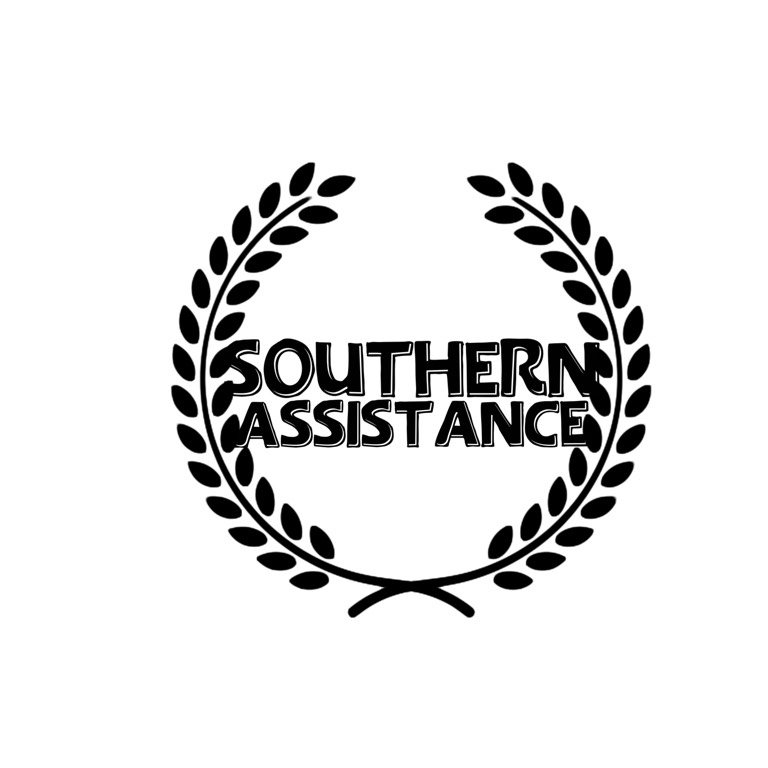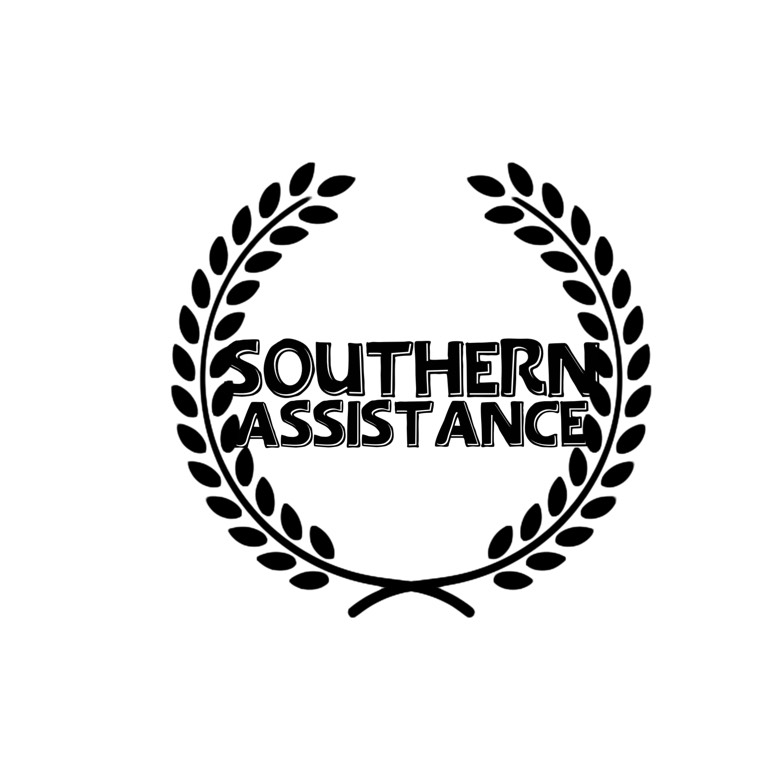Title Page
-
Assessment date
-
Activity / Item / Area
-
Poeple At Risk
-
Responsible Person
-
Use of premises or site works taking place
-
Assessor
-
Review Date
-
Monitoring Frequency
-
Authorised by
Hazard Table
Sources of Ignition
-
A. Smokers - Cigarettes, Matches, Lighters
-
B. Naked flames - gas, open flame
-
C. Electric, gas, cable strike
-
D. Hot processes, welding, cutting, grinding
-
E. Cooking equipment
-
F. Lighting
-
G. Arson
-
H. Faulty / misused equipment / poor maintenance
-
I. Reactive chemicals
Sources of Fuel
-
J. Textiles / clothing
-
K. Flammable liquids / solvents
-
L. Plastics / rubber
-
M. Waste materials
-
N. Flammable gases
-
O. Combustible construction materials - walls, floors, doors
-
P. Combustible storage materials
-
Q. Packaging materials
Sources of Oxygen
-
R. Natural ventilation through doors / windows
-
S. Explosion
-
T. Oxidising chemicals
-
U. Oxygen cylinders
Additional Sources
-
V
-
Degree of Risk
-
W
-
Degree of Risk
-
X
-
Degree of Risk
-
Y
-
Degree of Risk
-
Z
-
Degree of Risk
Potential for Fire to Spread
Conduction (Heating Through Materials)
-
AA. Through Arcing High Voltage Equipment
-
BB. Through piping / services
-
CC. Doors (if not fire doors)
-
DD. Hoarding
Convection (Hot Air Movement)
-
EE. Stairs
-
FF. Shafts / service ducts
-
GG. Windows
-
HH. Doors (open, wedged, not-self closing, damaged)
-
II. Roof voids
Radiation
-
JJ. Direct heat
Additional Hazards
-
KK
-
Degree of Risk
-
LL
-
Degree of Risk
-
MM
-
Degree of Risk
-
NN
-
Degree of Risk
-
OO
-
Degree of Risk
Means of Escape and Escape Timings
-
Do escape routes lead to different places of safety?
-
Is the route less than one minute from a safe location?
-
Are doorways and corridors sufficient?
-
What is the condition of the escape route?
-
What is the condition of external escape routes?
-
Are stairways sufficient?
-
How often are fire drills carried out?
-
What is the condition of the fire doors?
-
Are all routes adequately lit?
-
Is adequate signage in place?
Emergency Plan
-
Is there an emergency plan in place?
-
Have all personnel been briefed? (including visitors)
-
Is specialist training required?
Monitoring Information
-
Person carrying out the monitoring (print name)
-
Department / Location
-
Checked by
-
Date
Control Measures
-
Fire Fighting equipment - state Number, Types and Locations
- CO2
- WATER
- FOAM
- DRY POWDER
- WET CHEMICAL
-
How many
-
Location(s)
-
How Many
-
Location(s)
-
How Many
-
Location(s)
-
How Many
-
Location(s)
-
How Many
-
Location(s)
-
Fire Detection and Warning System - State Numbers, Types and Locations
- Smoke Detector
- Carbon Monoxide Detector
- Heat Detector
-
How Many
-
Location(s)
-
How Many
-
Location(s)
-
How Many
-
Location(s)
-
Notices/ Records/ Procedures
-
Maintenance and Testing of Equipment
-
Building Design – Features of Escape Routes
-
Housekeeping / Storage of Waste and Materials
-
Additional Control Measures
Further Actions Required
-
1.Action
-
Action
-
Action
-
Action
-
Action
-
Action












